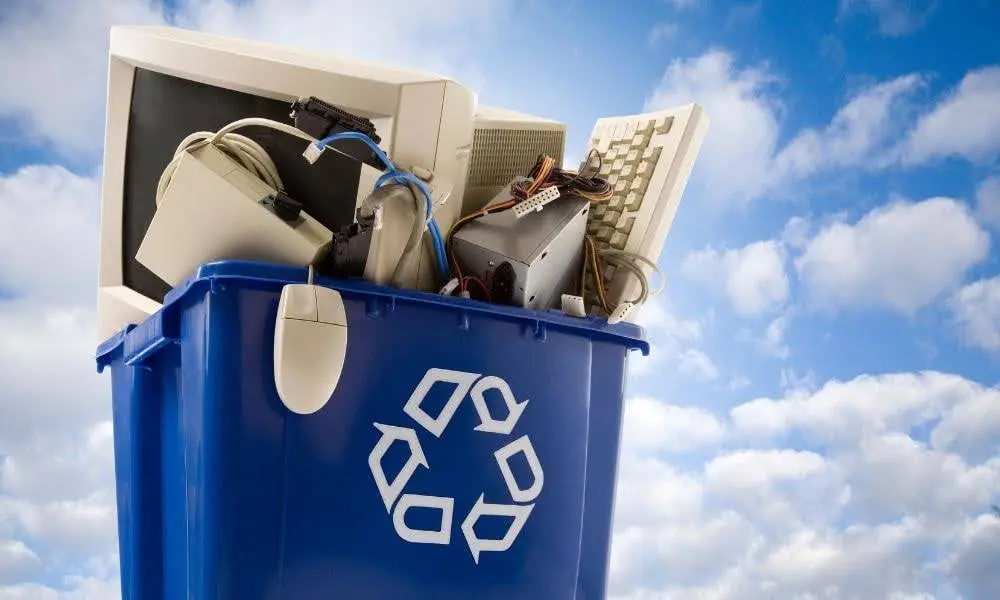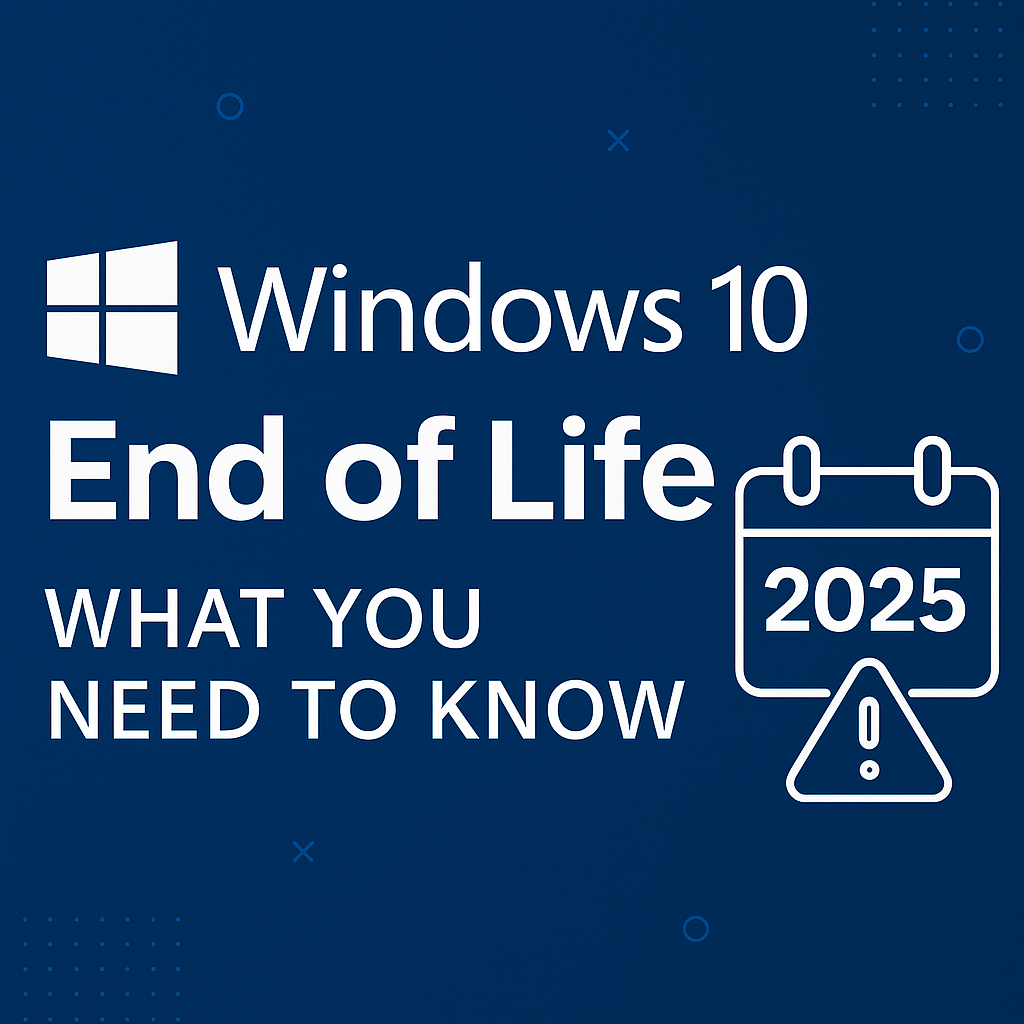Managing IT assets effectively is no easy task in the fast-paced world of Fortune 500 companies. As businesses constantly upgrade their technology, the challenge of disposing of outdated or unused IT assets in a responsible and profitable manner becomes critical. IT Asset Disposition (ITAD) is the solution, focusing on securely and sustainably managing these assets to maximize their value and comply with regulatory standards.
Proper ITAD practices protect sensitive data, reduce risks, contribute to sustainability goals, and improve financial outcomes. This guide explores the fundamentals of ITAD for Fortune 500 companies, providing insights into compliance, data security, sustainable practices, and strategies for asset recovery.
Understanding Fortune 500 IT Asset Landscape
Fortune 500 companies boast some of the world’s most extensive and sophisticated IT infrastructures. These enterprises rely on a complex network of hardware, software, and cloud-based solutions to support their vast operations. From data centers housing thousands of servers to an array of endpoint devices like laptops, desktops, and mobile phones, these companies’ IT infrastructure is designed to be robust and scalable.
The range of IT assets managed by Fortune 500 companies includes everything from high-performance servers and network equipment to everyday devices like computers and smartphones. Specialized assets include data storage systems, enterprise software licenses, and cloud subscriptions. Each asset type comes with its own lifecycle and specific considerations for disposal.
Compliance and Regulatory Considerations
Big companies like those in the Fortune 500 have to deal with many rules and regulations when they’re getting rid of old IT stuff. They have to follow standards like ISO 27001 for keeping information secure, and NIST guidelines for managing IT gear safely. Plus, laws like GDPR and HIPAA make sure data gets handled and tossed out the right way. There are even rules about recycling electronics properly. Following all these rules helps these companies avoid big fines and look good for being responsible.
Data Security and Risk Mitigation
In ITAD, data security is paramount to protect sensitive information from breaches. Fortune 500 companies implement various strategies to mitigate these risks, such as utilizing advanced data destruction methods to ensure all information is irretrievably erased and employing physical destruction techniques like shredding or degaussing for storage media that can’t be reused.
Secure transportation protocols, including tamper-evident packaging and GPS tracking, are also employed to prevent interception during transit. Companies enforce strict chain-of-custody procedures and regularly audit ITAD processes to verify compliance and identify potential vulnerabilities.

Sustainable Practices in IT Asset Disposition
IT asset disposition (ITAD) has a significant environmental impact, particularly when electronic waste isn’t managed responsibly. Fortune 500 companies increasingly adopt sustainable practices in their ITAD processes to mitigate these effects.
By partnering with ITAD services that prioritize eco-friendly methods, such as recycling and refurbishing, companies can reduce their carbon footprint and minimize e-waste. Implementing programs for asset redeployment within the company, donating usable equipment to non-profits, and ensuring compliance with environmental regulations are key strategies.
Asset Valuation and Recovery Optimization
Accurately valuing assets is vital in the electronics asset disposition market for Fortune 500 companies. They assess current market demand, item condition, and potential resale value to optimize recovery. Strategies include refurbishing and reselling functional gear, salvaging valuable parts for reuse, and using specialized ITAD services to expand their market reach. These efforts ensure they maximize returns on retired assets, boosting financial performance and sustainability.
Logistics and Chain of Custody Management
Managing logistics in ITAD operations involves coordinating the secure transport and handling of IT assets from their point of origin to their final destination, which may include refurbishment, resale, or electronics recycling facilities. Ensuring the integrity of the chain of custody is essential for Fortune 500 companies in order to maintain data security and compliance. This process includes detailed documentation, secure packaging, and tracking systems that monitor assets throughout their journey, aiming for more efficient logistics.
Vendor Selection and Partnership Strategies
When it comes to ITAD solutions, picking the right vendor can make all the difference. Look for vendors with the right certifications, solid data security measures, eco-friendly practices, and a proven track record in handling big operations. Building long-term partnerships with these vendors can lead to better coordination and customized solutions tailored to your needs.
Strong relationships also mean staying ahead of regulations and continuously improving your ITAD processes. In short, the right vendor and a solid partnership can streamline your ITAD operations and boost overall efficiency.
Internal Stakeholder Engagement and Change Management
When it comes to ITAD, getting key stakeholders involved is key. This means including IT, finance, legal, and HR departments in decision-making. Everyone needs to be on the same page for things to run smoothly. Change management strategies can help make the transition to new ITAD processes easier. Think clear communication, training sessions, and phased rollouts. You can implement new ITAD practices without a hitch by keeping everyone in the loop and involved.
IT Asset Disposition Best Practices
Fortune 500 companies follow several key best practices to optimize ITAD processes, including:
- Regular Audits: Conducting frequent audits ensures continual compliance and efficiency. These audits help in identifying potential security risks and inefficiencies in the disposal process, enabling timely interventions.
- Certified Data Destruction: Utilizing certified methods for data destruction is crucial to prevent data breaches. Companies employ techniques such as degaussing, shredding, or software-based wiping, all performed under strict standards to guarantee complete data sanitization.
- Environmental Partnerships: Partnering with certified recycling businesses ensures that the disposal of IT assets does not harm the environment. These partnerships help companies adhere to global e-waste disposal regulations and demonstrate a commitment to sustainable practices.
- Customized Solutions: Developing tailored solutions to the specific needs of the company is essential for handling diverse types of equipment and varying levels of data sensitivity. Customization can include special procedures for high-security devices or adapting processes to handle large volumes of equipment efficiently.
Emerging Trends and Technologies in ITAD
Innovations are continually shaping the future of ITAD, making processes more efficient and secure. One notable trend is the use of blockchain technology to enhance transparency and traceability in the ITAD supply chain, ensuring every step is verifiable. Additionally, advanced data destruction techniques and AI-driven asset tracking systems are being adopted to streamline operations and improve security. Companies are also partnering with an e-waste recycler to ensure sustainable disposal practices.
Continuous Improvement and Performance Metrics
Establishing clear metrics for evaluating performance is key to keeping top companies’ ITAD processes running smoothly. These metrics include the percentage of assets successfully recycled, data breach incidents, recovery value of disposed assets, and compliance with regulatory standards. To drive continuous improvement in the processes, companies can adopt strategies like regular audits, feedback loops and incorporate advanced technologies such as AI and machine learning for better asset tracking and management.

Cost Analysis and Budgeting for ITAD
Breaking down the costs associated with ITAD is key for effective budgeting in Fortune 500 ITAD programs. These expenses include data destruction, transportation, recycling, and compliance-related costs.
To manage expenses, companies can use budgeting strategies such as negotiating for better rates with vendors, leveraging economies of scale, and forming sustainable partnerships for cost offset through recycling practices. Companies can adopt a phased approach to asset disposition, prioritize high-value assets for resale, and regularly review and adjust budgets based on market trends.
Risk Assessment and Contingency Planning
Conducting risk assessments for ITAD operations involves identifying potential threats, such as data breaches, non-compliance with regulations, and environmental hazards. Developing contingency plans to mitigate these risks is essential for maintaining high integrity ITAD processes. Companies can achieve this by establishing protocols for data security, ensuring compliance with government agencies, and preparing for unexpected events like equipment failure or logistical issues.
Employee Training and Awareness Programs
Effective ITAD processes rely on comprehensive training and awareness programs. Companies can conduct hands-on workshops to teach employees how to handle and dispose of IT assets securely. Regular seminars and e-learning modules can keep staff updated on the latest regulations and best practices. Real-life scenarios and case studies can illustrate the impact of their actions. With well-trained employees, the combined footprint creates a more secure and efficient ITAD operation, reducing risks and enhancing sustainability.
Legal Considerations and Contractual Obligations
Navigating the legal landscape of ITAD involves understanding obligations like data protection laws and environmental regulations. Companies must ensure proper data destruction and e-waste disposal. When negotiating contracts with ITAD service providers, it’s crucial to define responsibilities, service levels, and compliance requirements. For instance, a private equity firm acquiring a company needs contracts that address data security during asset transfers. Clear agreements help mitigate risks and ensure everyone meets legal standards, protecting the company’s interests and ensuring smooth ITAD operations.
Maximizing ITAD Impact for Fortune 500 Companies
A strategic approach to IT Asset Disposition (ITAD) is transformative for Fortune 500 companies. It not only secures sensitive data during disposal, preventing costly security breaches and legal issues, but also ensures compliance with rigorous regulations, protecting against significant fines. Additionally, by fostering sustainability partnerships, companies can reduce their environmental footprint, boost their reputation, and support their corporate social responsibility objectives.
Effective ITAD turns obsolete equipment into valuable assets, enhancing financial returns. Ultimately, a well-implemented ITAD strategy is vital for safeguarding data, meeting regulatory requirements, promoting sustainability, and driving economic advantages, positioning Fortune 500 companies as leaders in innovation and environmental responsibility.



